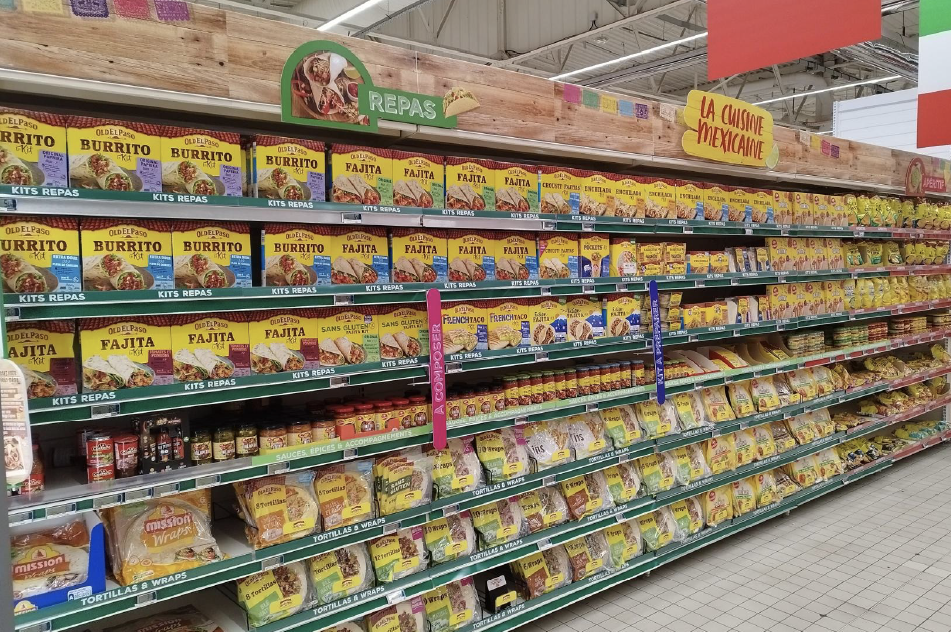
Emmanuel Ansoud, Category Manager Expert
Can you introduce yourself?
I have spent my entire career in the fast-moving consumer goods (FMCG) industry. I spent 20 years working for large food brands, where I held a number of positions in marketing and commercial. The role that particularly excited me the most is Category Manager.
I made it my focus by setting up Growing Ideas 3 years ago, an agency that supports FMCG brands in all their Category Management (Catman) issues, from the most operational to the most strategic.
What is the importance of the on-shelf area for FMCG brands?
The on-shelf area is obviously essential for brands, as it accounts for nearly 80% of sales in hypermarkets and supermarkets! It focuses on the essential levers of merchandising and assortment, making it a crucial space for product selection and discovery for shoppers. Brands need to be present, avoid out-of-stock, offer the right mix of products to meet all needs, highlight innovation, and ensure the merchandising of the category is visually appealing.
What are the major challenges brands face to stand out on the shelf?
The challenge of good shelf organization is always to aid shoppers decision making.
It starts with the offer, which must be adapted to the clients of a given retailer. The recent reduction of offers on the shelves makes it even more crucial to conduct a precise category audit to help the retailer make the right decisions, in both the existing range and new products.
Next, brands will stand out by being the best merchandising organization. The challenge of merchandising is to support not only the commercial development of the category but also and especially its evolution, its transformation towards new territories, whether they are products or uses.

Roamler newsletter
Get the latest insights, innovations, and opportunities when it comes to efficiency for your business.
What techniques should be adopted to activate products/attract consumer attention?
First of all, we should not forget or minimize the impact of packaging. It is the first point of contact between the shopper, and therefore the consumer, and the product. This makes it an essential point of reference.
Next, at the shelf level, it is necessary to find the right balance of point-of-sale advertising that guides without being too present or imposing. The highlighting of the shelf should favor visuals over text, as shoppers do not read in stores. The remaining text should use “consumer” vocabulary, simple and understandable. Finally, each element of the setup must have a specific role: for example, top signs to give an atmosphere, a tone to the shelf, and banners to guide. This “right balance” also allows the retailer to more easily adopt it without distracting in store with too many colours.
Focus on the Roamler Awards & the On-shelf category: what are the strengths of these displays?
What is interesting about the Roamler Awards is seeing the reality of field execution. We look at a shelf through the shopper’s eyes, immediately without the bias of marketing “intent.” It is therefore left to the judge to evaluate the outcome and estimate the performance of the setups in place.
Overall, we saw a beautiful panorama of varied solutions. Whether it’s a light setup to highlight a specific space like Campari, promoting product adoption with Jardin Intense, or highlighting an entire category like Old El Paso. What is interesting in this last approach is focusing on the understanding of uses, which seemed central to the category’s challenges. And then creating an adaptable and evolving setup, which is key to ensuring deployment.
Shelves are never static, and it is the role of Category Management to support their evolution!

